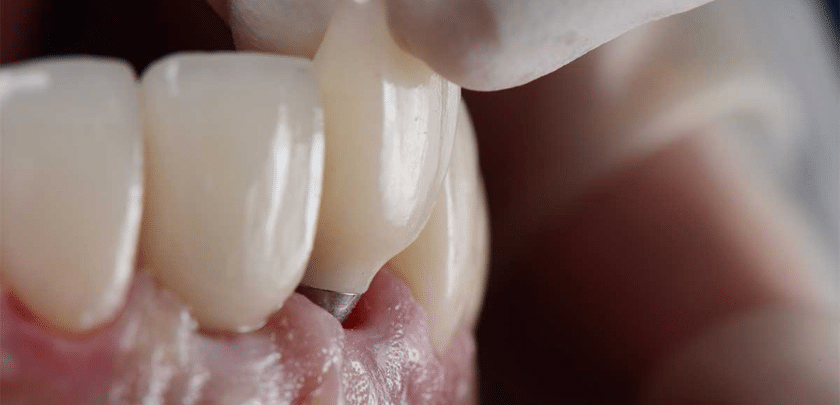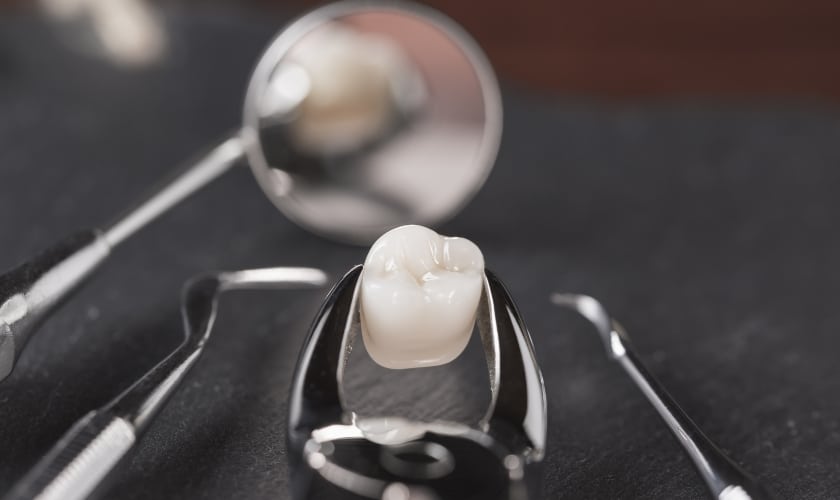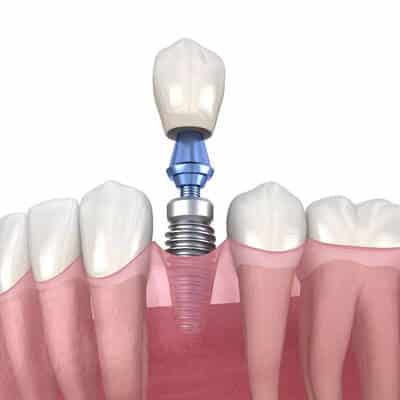
Dental implants are widely recognized as a durable and reliable solution for replacing missing teeth, closely mimicking the function and appearance of natural teeth. However, like any medical procedure, there’s a risk of complications or failure. When a dental implant fails, it’s a concern for both the patient and the dentist. This article will explore the reasons behind implant failure and the steps a dentist takes to fix a failed implant, ensuring the patient’s oral health and implant’s functionality are restored.
Understanding Dental Implant Failure
Before delving into the solutions, it’s crucial to understand why an implant might fail. Dental implant failure can occur for several reasons, including:
- Poor Osseointegration: This is when the implant fails to integrate properly with the jawbone. Factors such as low bone density, premature loading (placing too much pressure on the implant too soon), or certain medical conditions can contribute to poor osseointegration.
- Infection: Also known as peri-implantitis, an infection can develop around the implant and the surrounding bone, often due to poor oral hygiene or pre-existing medical conditions that affect the immune system.
- Mechanical Failure: Implants can break or components can become loose, often due to excessive force or wear and tear over time.
- Improper Positioning: Incorrect placement of the implant can lead to functional and aesthetic issues, necessitating correction or replacement.
Step 1: Assessment and Removal
When a patient presents with a failed implant, the first step is a thorough assessment. This includes taking detailed medical and dental histories, examining the implant site, and using diagnostic tools such as X-rays or CT scans to determine the extent of the failure. Once the cause is identified, the dentist decides on the course of action. If the implant needs to be removed, this is done carefully to minimize damage to the surrounding bone and tissues.
Step 2: Addressing the Underlying Cause
After removal, the dentist will address the underlying cause of the failure:
- For infections, treatment may involve antibiotics and cleaning the area to remove any bacteria. The dentist might also recommend improving oral hygiene practices to prevent future infections.
- If poor osseointegration is the issue, options include bone grafting to enhance bone density and structure, providing a better foundation for a new implant.
- In cases of mechanical failure, evaluating the patient’s bite and the forces exerted on the implant is crucial to prevent recurrence. The dentist may adjust the bite or recommend a mouth guard to protect the new implant.
Step 3: Bone Healing and Reevaluation
Once the cause of the failure is addressed, a period of healing is often necessary, especially if bone grafting was performed. This period allows the jawbone to integrate with the graft material, creating a solid foundation for a new implant. The healing process can take several months, during which the dentist will monitor the site to ensure proper healing and osseointegration.
Step 4: Replacement of the Implant
After the area has healed and is deemed suitable for a new implant, the dentist proceeds with the replacement. The process for placing a new implant follows the standard procedure: preparing the site, inserting the implant post, allowing for osseointegration, and finally, attaching the abutment and dental crown.
Step 5: Follow-up and Maintenance
Regular follow-up visits are essential to monitor the new implant and ensure its success. The dentist will provide guidance on proper oral hygiene practices and may recommend more frequent dental cleanings to prevent infections. It’s crucial for patients to follow these recommendations to maintain the health and longevity of their dental implant.
Fixing a failed dental implant involves a comprehensive approach that addresses the cause of the failure, ensures the health of the oral tissues, and replaces the implant with careful planning and execution. With advances in dental technology and techniques, the success rate of these procedures is high, allowing patients to regain the function and aesthetics of their smile. However, prevention through proper care and maintenance remains the best strategy to avoid implant failure. Regular dental check-ups, good oral hygiene, and addressing any potential issues early can help ensure the long-term success of dental implants.












